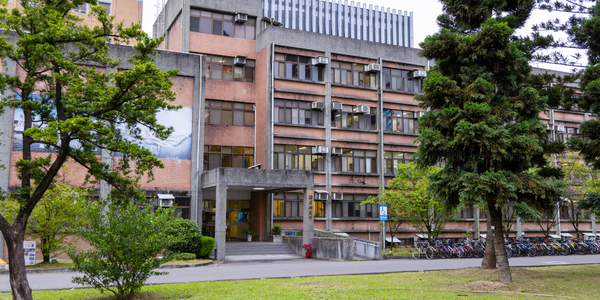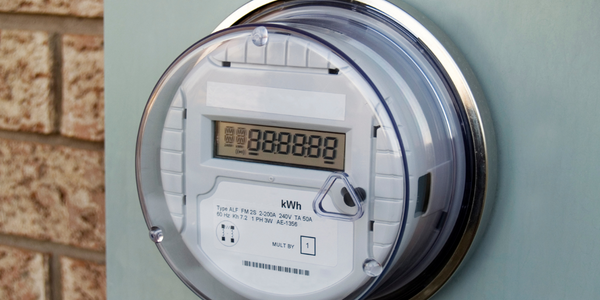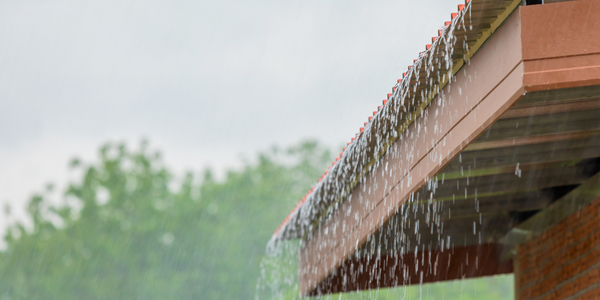
技术
- 功能应用 - 计算机化维护管理系统 (CMMS)
- 传感器 - 电表
适用行业
- 建筑物
- 电网
适用功能
- 设施管理
- 维护
用例
- 库存管理
- 智能停车
服务
- 云规划/设计/实施服务
- 系统集成
客户
伊莱克特拉有限公司
关于客户
Electra Ltd是土木建筑、商业地产开发和管理、建筑系统和消费品领域的领先公司。由 31 家公司组成的集团,业务遍及全球 14 个国家/地区。
挑战
用于管理 5 个新塔的智能设施管理系统
Electra 集团公司一直在为高端客户开发新的高层商业塔。最近,该公司已完成建造 5 座新塔楼。
- 所有的塔都安装了物联网设备、智能电力和水管理、智能照明、智能清洁系统、可控机器和传感器、安全和安全系统以及停车和门禁系统,所有这些都需要智能和绿色,但也为塔楼的居民和办公室提供先进的高级服务。
- Electra 需要找到一个基于云的智能设施管理系统,该系统可以从其主总部远程集成、控制和监控所有塔楼。
- 该系统应灵活且通用,适用于安装的所有类型的系统,并且应具有可定制的集成工作流程和规则,以使所有子系统的控制和操作自动化。
- 该解决方案应包含一个移动应用程序,供所有设施管理人员接收技术警报和故障,以及直接通过手机控制智能元件。
- 该解决方案应内置访客管理系统。
- 该解决方案应有助于降低设施管理成本、故障响应时间并减少公用事业费用。
解决方案
八达通智能设施控制系统:
- 一种云托管解决方案,可以在每个设施本地运行,但也可以从公司总部的最高层级站点进行管理。
- 一种开放式架构 API 服务器,可以无缝集成到任何物联网设备、可控系统和 SCADA 中,并且与供应商无关。
- 一个高级集成规则引擎,用于轻松定义规则、相关性、工作流以及自动操作和计划。
- 先进的事件和故障管理以及设施管理响应程序,以应对各种情况。
- 设施外部和内部的动态 3-D 平面图,带有传感器位置和 3-D 控制
- 八达通访客管理系统,用于邀请和注册所有访客和供应商,并为他们发放胸卡。
- 八达通智慧停车管理系统
- 八达通移动应用平台——用于将每个设施的所有员工连接到系统,例如控制室操作员、房屋管理员、清洁检查员、保安员、保安人员、接待人员、维护人员和行政经理。
运营影响
数量效益

Case Study missing?
Start adding your own!
Register with your work email and create a new case study profile for your business.
相关案例.

Case Study
Energy Saving & Power Monitoring System
Recently a university in Taiwan was experiencing dramatic power usage increases due to its growing number of campus buildings and students. Aiming to analyze their power consumption and increase their power efficiency across 52 buildings, the university wanted to build a power management system utilizing web-based hardware and software. With these goals in mind, they contacted Advantech to help them develop their system and provide them with the means to save energy in the years to come.

Case Study
Intelligent Building Automation System and Energy Saving Solution
One of the most difficult problems facing the world is conserving energy in buildings. However, it is not easy to have a cost-effective solution to reduce energy usage in a building. One solution for saving energy is to implement an intelligent building automation system (BAS) which can be controlled according to its schedule. In Indonesia a large university with a five floor building and 22 classrooms wanted to save the amount of energy being used.

Case Study
Powering Smart Home Automation solutions with IoT for Energy conservation
Many industry leaders that offer Smart Energy Management products & solutions face challenges including:How to build a scalable platform that can automatically scale-up to on-board ‘n’ number of Smart home devicesData security, solution availability, and reliability are the other critical factors to deal withHow to create a robust common IoT platform that handles any kind of smart devicesHow to enable data management capabilities that would help in intelligent decision-making

Case Study
Hydro One Leads the Way In Smart Meter Development
In 2010, Ontario’s energy board mandated that time-of-use (TOU) pricing for consumers be available for all consumers on a regulated price plan. To meet this requirement, Hydro One needed to quickly deploy a smart meter and intelligent communications network solution to meet the provincial government’s requirement at a low cost. The network needed to cover Hydro One’s expansive service territory, which has a land mass twice the size of Texas, and its customers live in a mix of urban, rural, and remote areas, some places only accessible by air, rail, boat or snowmobile. Most importantly, the network needed to enable future enterprise-wide business efficiencies, modernization of distribution infrastructure and enhanced customer service. To meet these needs, Hydro One conceptualized an end-to-end solution leveraging open standards and Internet Protocols (IP) at all communication levels. The utility drew upon industry leaders like Trilliant to realize this vision.

Case Study
Selling more with Whirlpool
Whirlpool wanted to add connectivity to appliances and transform the company's relationship with customers. Traditionally, Whirlpool interaction with customers was limited to purchases made once every ten years. Connected washer and dryers provide exciting new features like remote management of start times and inter-machine communication.




